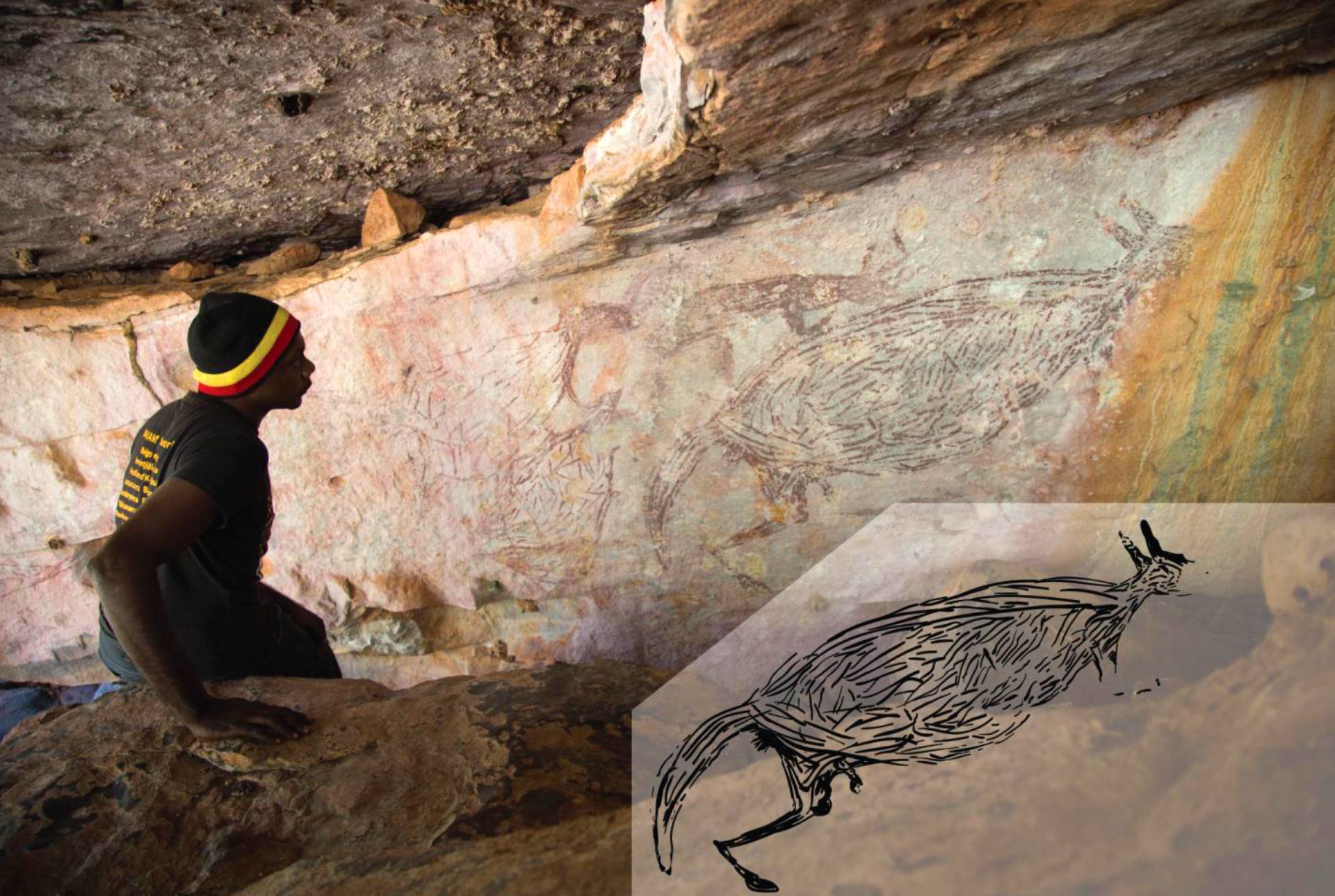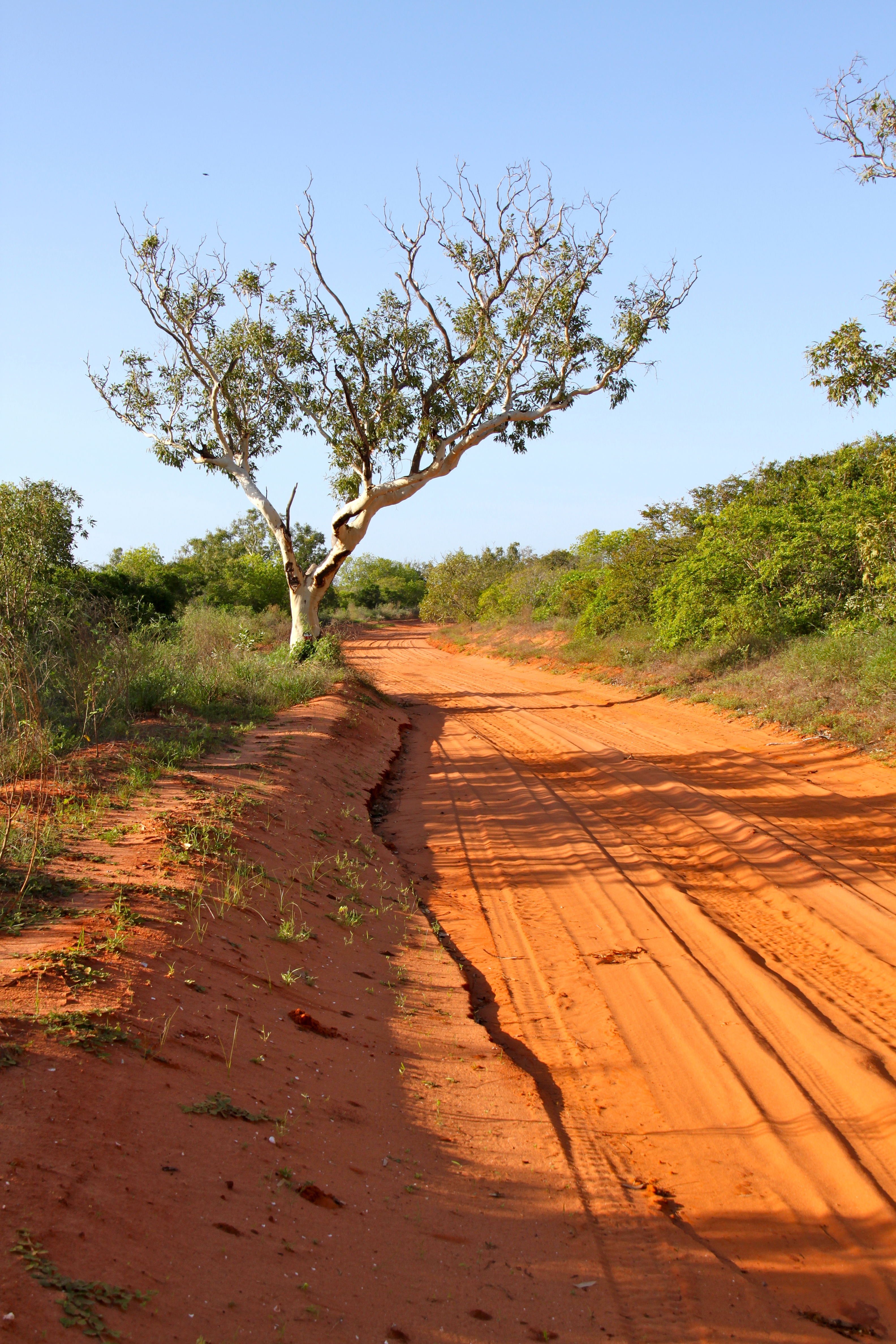|
Acacia Eriopoda
''Acacia eriopoda'', commonly known as the Broome pindan wattle and the narrow-leaf pindan wattle, is a species of wattle in the legume family that is native to northern Western Australia. It is also known as Yirrakulu to the Nyangumarta people. Description It grows as an erect shrub or small tree, in height. It produces yellow flowers from April to September. It has either a single trunk or divides into four or less erect, straight main stems close to the base. The open to almost dense canopy has a delicate appearance. It has mid-grey to light grey coloured bark that is finely longitudinally fissured alongh the trunks and main branches becoming smooth of smaller branches. The green to grey-green phyllodes sometimes have a yellowish tinge. The phyllodes are long and linear with a length of and a width of . They are also straight to very shallowly incurved with numerous parallel longitudinal fine nerves. The simple inflorescences form as flower-spikes with a length of around ... [...More Info...] [...Related Items...] OR: [Wikipedia] [Google] [Baidu] |
Joseph Maiden
Joseph Henry Maiden (25 April 1859 – 16 November 1925) was a botanist who made a major contribution to knowledge of the Australian flora, especially the genus ''Eucalyptus''. This botanist is denoted by the author abbreviation when citing a botanical name. Life Joseph Maiden was born in St John's Wood in northwest London. He studied science at the University of London, but due to ill health he did not complete the course. As part of his treatment he was advised to take a long sea voyage, and so in 1880 he sailed for New South Wales. In 1881, Maiden was appointed first curator of the Technological Museum in Sydney (now the Powerhouse Museum), remaining there until 1896. While there, he published an article in 1886 describing what he called "some sixteenth century maps of Australia". These were the so-called Dieppe maps, the Rotz (1547), the Harleian or Dauphin (mid-1540s), and the Desceliers (1550), photo-lithographic reproductions of which had been published by the B ... [...More Info...] [...Related Items...] OR: [Wikipedia] [Google] [Baidu] |
Sand
Sand is a granular material composed of finely divided mineral particles. Sand has various compositions but is usually defined by its grain size. Sand grains are smaller than gravel and coarser than silt. Sand can also refer to a textural class of soil or soil type; i.e., a soil containing more than 85 percent sand-sized particles by mass. The composition of sand varies, depending on the local rock sources and conditions, but the most common constituent of sand in inland continental settings and non-tropical coastal settings is silica (silicon dioxide, or SiO2), usually in the form of quartz. Calcium carbonate is the second most common type of sand. One such example of this is aragonite, which has been created over the past 500million years by various forms of life, such as coral and shellfish. It is the primary form of sand apparent in areas where reefs have dominated the ecosystem for millions of years, as in the Caribbean. Somewhat more rarely, sand may be composed ... [...More Info...] [...Related Items...] OR: [Wikipedia] [Google] [Baidu] |
Kimberley (Western Australia)
The Kimberley is the northernmost of the nine regions of Western Australia. It is bordered on the west by the Indian Ocean, on the north by the Timor Sea, on the south by the Great Sandy Desert, Great Sandy and Tanami Desert, Tanami deserts in the region of the Pilbara, and on the east by the Northern Territory. The region was named in 1879 by government surveyor Alexander Forrest after Secretary of State for the Colonies John Wodehouse, 1st Earl of Kimberley. History The Kimberley was one of the earliest settled parts of Australia, with the first humans landing about 65,000 years ago. They created a complex culture that developed over thousands of years. Yam (vegetable), Yam (''Dioscorea hastifolia'') agriculture was developed, and rock art suggests that this was where some of the earliest boomerangs were invented. The worship of Wandjina deities was most common in this region, and a complex theology dealing with the transmigration of souls was part of the local people's religi ... [...More Info...] [...Related Items...] OR: [Wikipedia] [Google] [Baidu] |
Pindan
Pindan is a name given to the red-soil country of the south-western Kimberley region of Western Australia. The term comes from a local language and applies both to the soil and to the vegetation community associated with it.Lowe (2003). History The word “pindan” was first mentioned in print in 1883 by Mr Edward Townley Hardman (1845 1887) in a preliminary appendix to John Forrest’s report on the Kimberley. He stated: “The only metalliferous deposits as yet observed by me are pindan ironstone, a poor hematite, but in large quantity; and in the Fitzroy gravels, quantities of minute dark heavy grains, which have all the appearance of stream tin. These await further chemical examination, In these gravels, opal, cats-eye, garnet, and amethyst occur, all of inferior quality so far as at present observed. The 1891 report on the General Description and Physical Geography of the Kimberley District by Government Geologist Harry Page Woodward described the Pliocene geological forma ... [...More Info...] [...Related Items...] OR: [Wikipedia] [Google] [Baidu] |
Bioregion
A bioregion is a geographical area, on land or at sea, defined not by administrative boundaries, but by distinct characteristics such as plant and animal species, ecological systems, soils and landforms, Human settlement, human settlements, and topographic features such as Drainage basin, watersheds. The idea of bioregions were adopted and popularized in the mid-1970s by a school of philosophy called bioregionalism, which includes the concept that human culture, in practice, can influence bioregional definitions due to its affect on non-cultural factors. Bioregions are part of a nested series of ecological scales, generally starting with local watersheds, growing into larger river systems, then Level III or IV ecoregions (or regional ecosystems), bioregions, then Biogeographic realm, biogeographical realm, followed by the continental-scale and ultimately the biosphere. Within the life sciences, there are numerous methods used to define the physical limits of a bioregion based on ... [...More Info...] [...Related Items...] OR: [Wikipedia] [Google] [Baidu] |
Interim Biogeographic Regionalisation For Australia
The Interim Biogeographic Regionalisation for Australia (IBRA) is a biogeography, biogeographic regionalisation of Australia developed by the Australian government's Department of Sustainability, Environment, Water, Population and Communities (Australia), Department of Sustainability, Environment, Water, Population, and Communities. It was developed for use as a planning tool, for example for the establishment of a national Reserve System, national reserve system. The first version of IBRA was developed in 1993–94 and published in 1995. Within the broadest scale, Australia is a major part of the Australasia Australasian realm, biogeographic realm, as developed by the World Wide Fund for Nature. Based on this system, the world is also split into Biome#Olson & Dinerstein (1998) biomes for WWF / Global 200, 14 terrestrial habitats, also called biomes, of which eight are shared by Australia. The Australian land mass is divided into 89 bioregions and 419 Terrestrial ecoregion, subr ... [...More Info...] [...Related Items...] OR: [Wikipedia] [Google] [Baidu] |
Tanami Desert
The Tanami Desert () is a desert in northern Australia, situated in the Northern Territory and Western Australia. It has a rocky terrain and small hills. The Tanami was the Northern Territory's final frontier and was not fully explored by Australians of European descent until well into the twentieth century. It is traversed by the Tanami Track. The name ''Tanami'' is thought to be an anglicisation Anglicisation or anglicization is a form of cultural assimilation whereby something non-English becomes assimilated into or influenced by the culture of England. It can be sociocultural, in which a non-English place adopts the English language ... of the Warlpiri name for the area, "Chanamee", meaning "never die". This referred to certain rock holes in the desert which were said never to run dry. Under the name Tanami, the desert is classified as an interim Australian bioregion, comprising . [...More Info...] [...Related Items...] OR: [Wikipedia] [Google] [Baidu] |
Pilbara
The Pilbara () is a large, dry, sparsely populated regions of Western Australia, region in the north of Western Australia. It is known for its Indigenous Australians, Aboriginal people; wealth disparity; its ancient landscapes; the prevailing red earth; and its vast mineral deposits, in particular iron ore. It is also a global biodiversity hotspot for subterranean fauna. Definitions of the Pilbara region At least two important but differing definitions of "the Pilbara" region exist. Administratively it is one of the nine regions of Western Australia defined by the ''Regional Development Commissions Act 1993''; the term also refers to the Pilbara shrublands bioregion (which differs in extent) under the Interim Biogeographic Regionalisation for Australia (IBRA). Geography The Pilbara region, as defined by the Regional Development Commissions Act 1993 and administered for economic development purposes by the Pilbara Development Commission, has an estimated population of 61,68 ... [...More Info...] [...Related Items...] OR: [Wikipedia] [Google] [Baidu] |
Ord Victoria Plain
The Ord Victoria Plain, an interim Australian bioregion, is located in the Northern Territory and Western Australia, comprising .IBRA Version 6.1 data The bioregion draws its name from the Ord River and the Victoria River. Location and description This is an area of large plains of dry grassland lying between the Tanami Desert to the south and the wetter, greener grassland to the north towards the coast. Sandstone outcrops rise from the grassland, the most famous of which is the[...More Info...] [...Related Items...] OR: [Wikipedia] [Google] [Baidu] |
Little Sandy Desert
The Little Sandy Desert (LSD) is a desert region in the state of Western Australia, lying to the east of the Pilbara and north of the Gascoyne regions. It is part of the Western Desert cultural bloc, Western Desert cultural region, and was declared an Interim Biogeographic Regionalisation for Australia, interim Australian bioregion in the 1990s. History Indigenous Australians, Indigenous groups that have identified with the region include the Mandilara, an Aboriginal Australian group who are regarded as the traditional owners of the land. Today the group recognised as traditional owners are the Martu people. The desert is crossed by the Canning Stock Route, an historic stock route created in the early 20th century. Description The Little Sandy Desert covers around and adjoins the Great Sandy Desert (, to the north) and the Gibson Desert (, to the east), all of which lie within the huge Australian Arid Zone which covers the centre of the Australian continent. It lies east of ... [...More Info...] [...Related Items...] OR: [Wikipedia] [Google] [Baidu] |
Great Sandy Desert
The Great Sandy Desert is an interim Australian bioregion,IBRA Version 6.1 data located in the northeast of straddling the and southern regions and extending east into the . It is the second largest desert in Australia after the |
Gascoyne (biogeographic Region)
Gascoyne is an interim Australian bioregion located in Western Australia. It has an area of . Together with Murchison bioregion to the south, it constitutes the Western Australian Mulga shrublands ecoregion, as assessed by the World Wildlife Fund. Subregions It has three subregions named after localities or areas in the region: *Ashburton GAS01 3,687,030 hectares (9,110,800 acres) *Carnegie GAS02 4,718,656 hectares (11,660,050 acres) *Augustus GAS03 9,669,571 hectares (23,894,030 acres) Protected areas Protected areas in the bioregion include: * Barlee Range Nature Reserve * Birriliburu Indigenous Protected Area * Collier Range National Park * Mount Augustus National Park Mount Augustus National Park is located 852 km north of Perth, 490 km by road east of Carnarvon and 390 km northwest of Meekatharra, in the Gascoyne region of Western Australia. Mount Augustus itself, the feature around which th ... References Further reading * Thackway, R and I ... [...More Info...] [...Related Items...] OR: [Wikipedia] [Google] [Baidu] |





